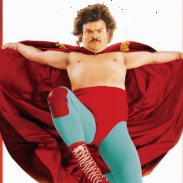Mass Storage
-
Recently Browsing 0 members
- No registered users viewing this page.
-
Topics
-
-
Popular Contributors
-
-
Latest posts...
-
2
Community Child Hospitalised After Consuming Cannabis-Infused Gummies Left Behind at Birthday Party
'We’ve lost income, peace of mind, and most of all, we worry about the long-term impact on our daughter’s health.” Think they've got their priorities the wrong way around, but then again?🤔 -
19
Was I crazy to buy a Neta V now the company is going bust?
You only spent 200k Who cares if they go bust? Worried about loss of warranty or something? You could sell off the parts for 50k-100k anyway if worst comes to worst 100k baht loss, not exactly tragic Most cars here lose 500k-1 million baht of value after a few years -
57
Indian restaurants in Pattaya
Although i really fancy a proper indian, i think I'll skip it, mostly bad for you so best avoided. Have you seen the fat indians about with pot bellies? -
67
-
41
Trouble sleeping, solutions?
I remember back in the day doing nightbshift work. Out like a light as soon as my head hit the pillow. Sleep so soundly and deep, 3 or 4 hours was enough -
145
-
-
Popular in The Pub















Recommended Posts
Create an account or sign in to comment
You need to be a member in order to leave a comment
Create an account
Sign up for a new account in our community. It's easy!
Register a new accountSign in
Already have an account? Sign in here.
Sign In Now